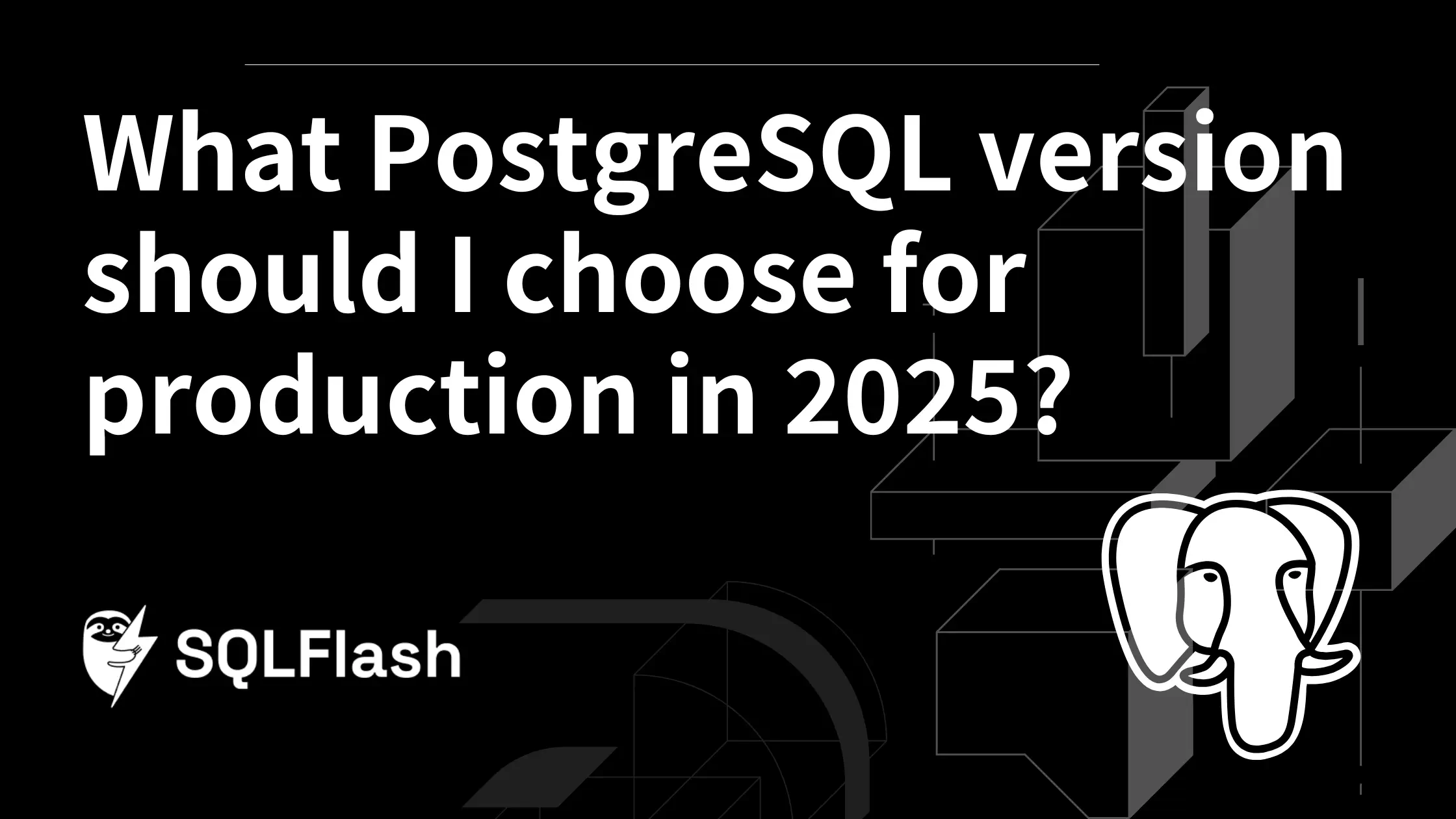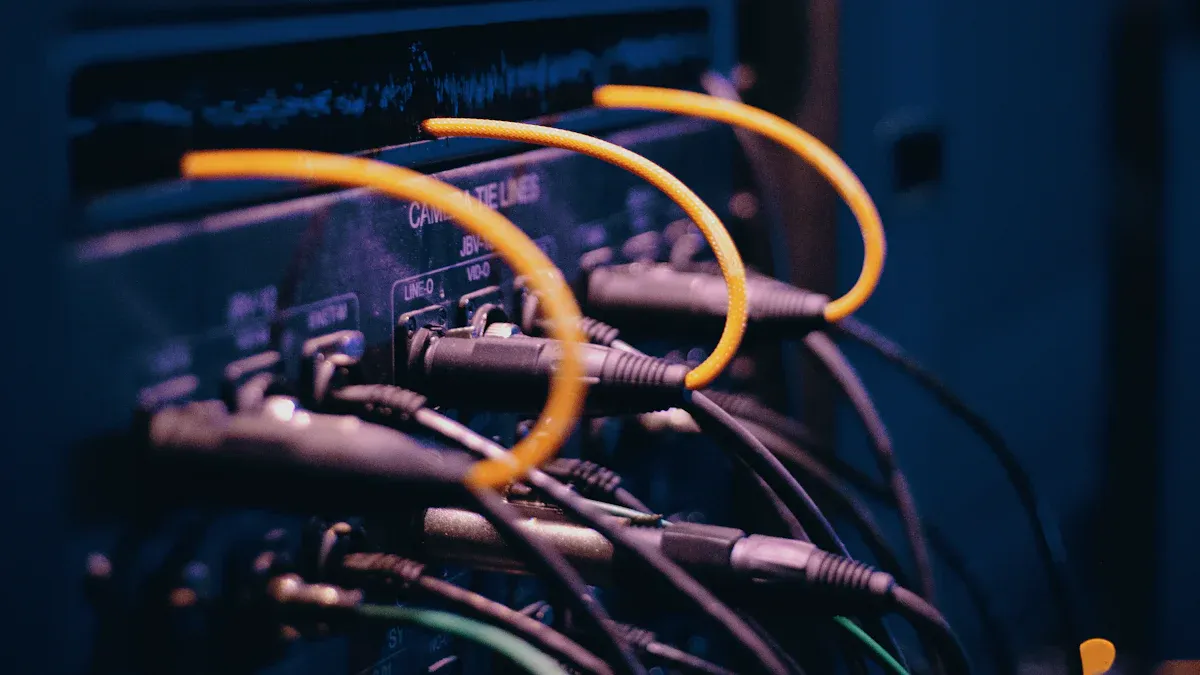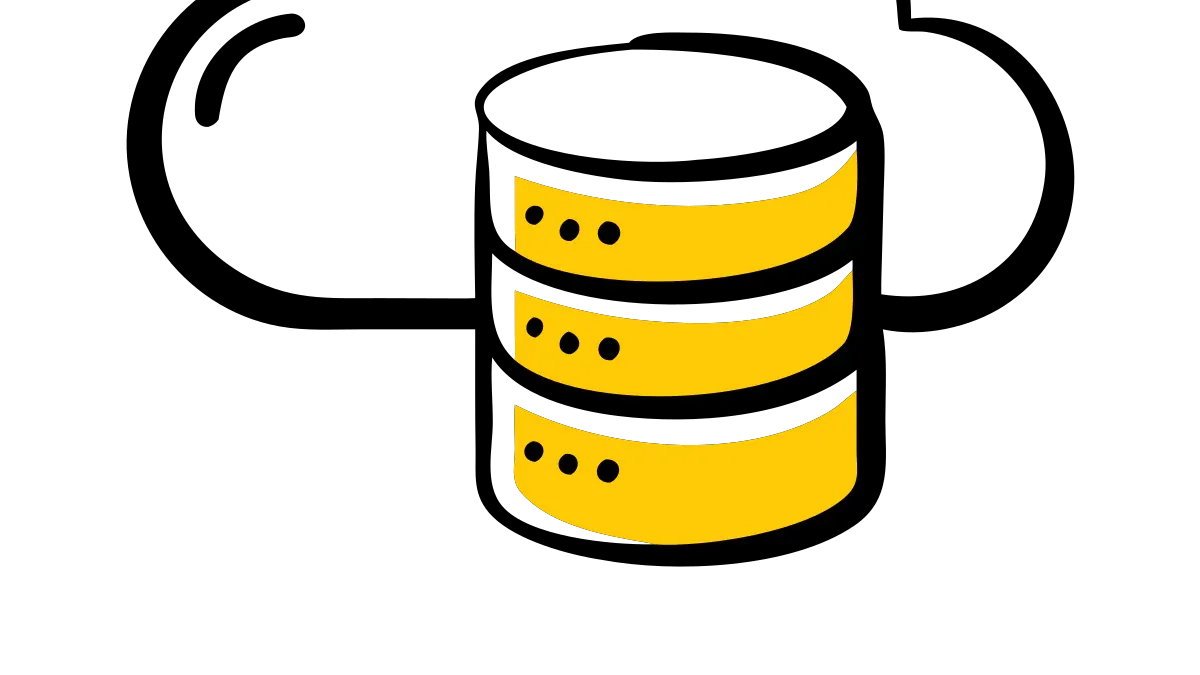Why is PostgreSQL 17 the best choice for 2025?



Image Source: pexels
PostgreSQL 17 stands out as the best choice for new production deployments in 2025. The support timeline confirms long-term stability and feature maturity. Minor version upgrades keep systems secure and compatible.
| Version | Current minor | Supported | First Release | Final Release |
|---|---|---|---|---|
| 17 | 17.6 | Yes | September 26, 2024 | November 8, 2029 |
| 16 | 16.10 | Yes | September 14, 2023 | November 9, 2028 |

Image Source: unsplash
When selecting a database version, compatibility comes first. Teams need to check if their applications work with the latest SQL grammar and wire protocol. This helps them reuse existing queries and connect without changes. The table below shows which components matter most for compatibility:
| PostgreSQL Component | Importance for Compatibility | CedarDB Support |
|---|---|---|
| SQL grammar | Essential | Yes |
| wire protocol | Necessary | Yes |
| inspection tables/functions | Important | Yes |
| low-level APIs | Required for extensions | No |
Some new features in version 17, like the improved memory management for VACUUM and new SQL/JSON functions, can help developers. However, not all extensions work smoothly. About 17% of tested extension pairs may cause errors or crashes. Teams should always test extensions before deploying.
Performance improvements can make a big difference in production. PostgreSQL 17 brings faster query execution and better memory use. For example, the IS NOT NULL check now runs about 37% faster than before. Materialized CTEs and improved B-tree index scans also boost speed, especially for large queries. The new memory management system for VACUUM reduces memory use and helps with high-concurrency workloads. These changes mean users can expect better throughput and more efficient resource use.
Cloud provider support is another key factor. Azure Database for PostgreSQL will fully support version 17, including in-place upgrades. This makes it easier for teams to update without downtime. Major providers like AWS and Google Cloud often add support for new versions soon after release, but users should check their provider’s documentation and timelines. Cloud support ensures access to the latest features and security updates.

Image Source: pexels
Teams need to keep a close eye on new releases and system health. They should watch for performance changes, error logs, and resource usage after every upgrade. Monitoring helps spot issues early and keeps downtime low.
Tip: Set up alerts for slow queries and unusual spikes in memory or CPU use. This helps teams react quickly if something goes wrong.
Testing upgrades in a staging environment is a must. It lets teams find problems before they reach production. The table below shows best practices for testing upgrades:
| Best Practice | Description |
|---|---|
| Backup Your Data | Always create a complete backup of your data before beginning the upgrade process. |
| Test the Upgrade | Perform the upgrade on a staging server first to identify any issues in a controlled environment. |
| Monitor After Upgrade | Once upgraded, monitor your system closely for performance issues or errors in logs. |
Common issues can pop up during upgrade testing. Teams often face problems like poor planning, rushing, or missing compatibility changes. The table below lists these issues and ways to avoid them:
| Common Issue | Mitigation Strategy |
|---|---|
| Lack of comprehensive planning | Read the release notes. Verify your backups. Test in staging. Check application compatibility. Review your hardware. |
| Rushing the upgrade | Slow down where it matters. Avoid tight timelines and last-minute approvals. Prioritize preparation and control. |
| Overlooking compatibility changes | Review all release notes. Scan your queries and functions. Test app behavior in staging. |
| Skipping the test drive | Conduct thorough testing as if it were production. Ensure correct behavior and performance. |
Regular maintenance keeps the database stable and secure. Teams should schedule tasks like archiving, vacuuming, and checking statistics. The table below highlights critical maintenance tasks:
| Maintenance Task | Purpose |
|---|---|
| Archiver Process | Ensures WAL files are copied to safe storage for Point-In-Time Recovery. |
| Autovacuum | Prevents table bloat and keeps statistics fresh. |
| Vacuum Full | Deep-cleaning for disk space recovery. |
| Stats Collector | Provides data for optimization and indexing. |
| Checkpointer/Writer/WAL Writer | Keeps memory and disk in sync, reducing crash risks. |
Minor version upgrades and proactive maintenance help teams avoid surprises. Staying up to date means fewer bugs and better security.
PostgreSQL 17 remains the top pick for production in 2025. Teams benefit from strong backward compatibility, security improvements, and performance gains. The table below highlights what matters most:
| Aspect | Details |
|---|---|
| Support Timeline | Long-term support through 2029 |
| Compatibility | Preserves most existing application functions |
| Upgrade Planning | Proactive checks and testing reduce risk |
Regular maintenance, log management, and ongoing review of release notes help keep systems healthy and secure.
SQLFlash is your AI-powered SQL Optimization Partner.
Based on AI models, we accurately identify SQL performance bottlenecks and optimize query performance, freeing you from the cumbersome SQL tuning process so you can fully focus on developing and implementing business logic.
Join us and experience the power of SQLFlash today!.